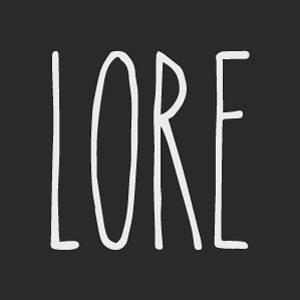Christian Mürner and Volker Schönwiese, “Wolffgang Gschaidter - Symbol of Innsbruck,” trans. Natalie Mair, June 2010, http://bidok.uibk.ac.at/library/muerner-gschaidter.html.
Bonnie Ellen Blustein, review of The Fasting Girl: A True Victorian Medical Mystery by Michelle Stacey, Bulletin of the History of Medicine 78.2 (2004), pp. 491–492.
Ruben De Somer, “Hunger Artists: Fasting Wonders,” Sideshow World, http://www.sideshowworld.com/13-TGOD/2014/Hunger/Artists.html.
Abram H. Dailey, Mollie Fancher: The Brooklyn Enigma (Brooklyn, New York: Eagle Book Printing Dept., 1894).
Michelle Stacey, The Fasting Girl: A True Victorian Medical Mystery (New York: Putnam, 2002).
Keith Melder, “Mask of Oppression: The Female Seminary Movement in the United States,” New York History 55.3 (July 1974), pp. 260–279 .
Joan Jacobs Brumberg, Fasting Girls: The History of Anorexia Nervosa (New York: Vintage Books, 2000).
Mollie McGarry, Ghosts of Futures Past: Spiritualism and the Cultural Politics of Nineteenth-Century America (Berkeley: University of California Press, 2008).
William A. Hammond, Fasting Girls: Their Physiology and Pathology (New York: G.P. Putnam and Sons, 1879).
Walter Vandereycken and Ron Van Deth, From Fasting Saints to Anorexic Girls: The History of Self-Starvation (New York: New York University Press, 1994).
T. E. Allen, “The Clairvoyance of Mollie Fancher,” Arena 12 (1895), pp. 329–336.
Barbara Green, “From Visible Flaneuse to Spectacular Suffragette?: The Prison, the Street, and the Sites of Suffrage,” Discourse 17.2 (Winter 1994-1995), pp. 67–97.
Constance Lytton, Prisons and Prisoners: Some Personal Experiences (London: William Heinemann, 1914).
